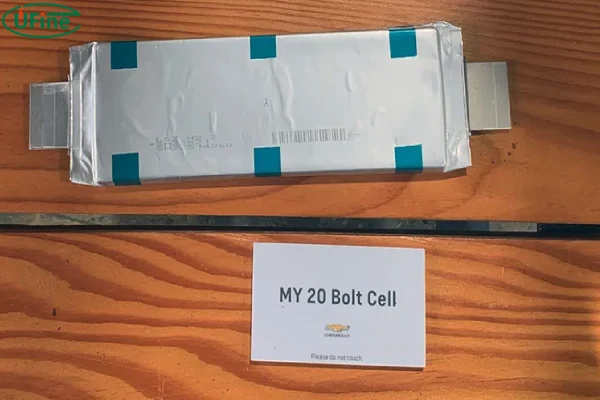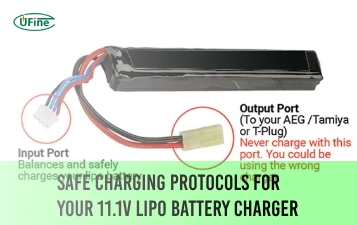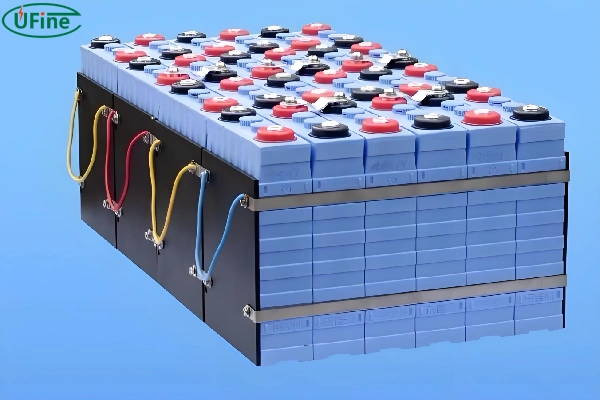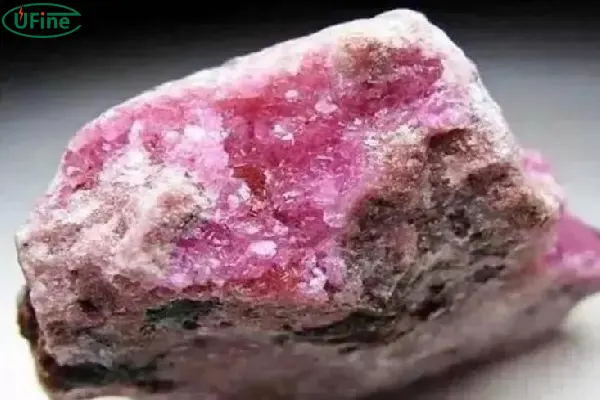Part 1. What is a ternary lithium battery (NCM)?
The car’s power battery should be more accurately called a lithium-ion battery. Lithium ranks first (third) in the periodic table, has a small atomic mass, and is very reactive. When the battery is discharged, lithium ions break free from the positive electrode and rush to the negative electrode, while the electrons in the negative electrode flow to the positive electrode, and then a current is formed.
The ternary lithium battery replaces the “positive electrode” in the above paragraph with three metal materials. The “ternary” we often say usually refers to a composite material composed of nickel (Ni), cobalt (Co), and manganese (Mn) (there are also NCA batteries composed of nickel, cobalt, and aluminum).
According to the different proportions of the three materials, the common ternary lithium battery (NCM) is divided into several models, including NCM532, NCM622, and NCM811…
Among them, the three materials have a “clear division of labor.”
- Nickel is responsible for improving the activity of the material. The higher its content, the higher the energy density of the battery;
- Although cobalt also has the effect of improving the activity of the material, it can also stabilize the layered structure of the material and reduce the mixing of cations;
- Manganese plays a supporting role in the material. Its presence can improve the stability of the battery.
We all know that what electric vehicles need most at present is to improve the battery life. The most direct way to improve the battery life is to increase the proportion of nickel content. Therefore, NCM811 batteries are favored by more and more manufacturers. However, suppose the content of cobalt and manganese is forcibly reduced. In that case, the stability of the battery will naturally be more difficult to control.
Part 2. From NCM/NCA to NCMA: What is NCMA battery?

When you understand what the ternary lithium battery is, then the NCMA lithium battery is easy to understand. You can simply mix the advantages of NCM and NCA batteries into one and combine them into NCMA batteries.
If you want to understand NCMA, you must first understand some of the problems of NCA/NCM batteries.
In fact, NCA/NCM batteries are already an excellent solution among thousands of choices. The higher variable capacity, long cycle period, and high operating voltage allow this battery to adapt to various working scenarios. But this is not enough for electric vehicles. We need batteries with higher energy density to achieve longer driving range. How to do it, as mentioned above, increase the proportion of nickel.
In this way, the proportion of nickel content in the battery is getting higher and higher. The nickel content is constantly increasing, but excessive nickel enrichment will lead to a decrease in the capacity retention rate of the material and deterioration of thermal stability. This means that 1. The battery power is easily decayed, and it is more likely to cause safety accidents such as combustion and explosion.
In order to eliminate the negative impact of high nickel. Scientists think of adding dopants to ultra-high nickel content batteries. At the same time, reducing the content of high-value rare metal cobalt, increasing battery capacity, and reducing costs, killing two birds with one stone.
Part 3. NCMA battery principle
NCM lithium battery is not a new power battery technology.
From the perspective of material composition, this technology is based on the two major mainstream ternary lithium battery systems, NCM and NCA.
From the perspective of battery structure, it does not change the main structure of the battery like solid-state batteries, lithium-sulfur batteries, and lithium-air batteries.
In essence, NCMA batteries are made by mixing a small amount of transition metal aluminum into the original NCM ternary positive electrode material to form a quaternary positive electrode, which ensures that while the positive electrode is enriched with nickel, the stability and cycle life of the battery are not affected.
However, this technology can potentially lead ternary lithium batteries to the next stage.
Part 4. Advantages and disadvantages of NCMA batteries
1. Advantages of NCMA batteries
Un-Hyuck Kim, a lithium battery expert at Hanyang University in South Korea, has proved the excellent performance of NCMA quaternary lithium batteries in the high-nickel technology route through experiments.
Korean battery experts have proven the three major advantages of NCMA batteries:
- The capacity decay of NCMA quaternary lithium batteries is not obvious
- The structure of NCMA quaternary lithium batteries is more stable
- The thermal stability of NCMA positive electrode materials is stronger
In short, if NCMA batteries are used in electric vehicles, they are still as safe and durable. Still, NCMA batteries allow the car to run further.
2. Disadvantages of NCMA batteries
First, the preparation process of the core of NCMA batteries, the positive electrode materials, is more complicated than that of NCM and NCA batteries. The complexity of the production process may temporarily delay the pace of NCMA batteries occupying the market. But long-term interests will still drive power battery manufacturers and car companies to use NCMA batteries.
In summary, the current mass production cost of NCMA positive electrode materials is relatively high.
Part 5. Will NCMA batteries replace NCM/NCA batteries?
Compared with ternary lithium batteries, NCMA batteries have the advantages of longer cycle life, excellent safety, and lower cost. For car companies and battery manufacturers, these advantages mean that NCMA batteries are an option that is difficult to refuse.
However, there are many subsequent development routes for ternary lithium batteries, and new technologies have changed production processes, materials, etc.
From the perspective of materials alone, nickel manganese oxide “cobalt-free” batteries, lithium-sulfur batteries, and lithium-air batteries are all potential competitors for NCMA batteries. These battery products also have considerable performance advantages over current ternary lithium batteries.
It can only be said that NCMA batteries are very close to alternatives to ternary lithium batteries, and the subsequent situation still needs to be observed
Part 6. FAQs
-
What does NCMA stand for in NCMA batteries?
NCMA stands for Nickel Cobalt Manganese Aluminum. It refers to the specific composition of the cathode material used in these batteries. -
How does an NCMA battery differ from other lithium-ion batteries?
NCMA batteries utilize a cathode material composed of nickel, cobalt, manganese, and aluminum, which offers a balance of energy density, stability, and cost compared to other lithium-ion battery chemistries. -
What are the advantages of NCMA batteries?
NCMA batteries typically offer higher energy density, improved cycle life, and better thermal stability compared to traditional lithium-ion batteries. -
Are NCMA batteries suitable for electric vehicles (EVs)
Yes, NCMA batteries are increasingly being used in electric vehicles due to their high energy density, which allows for longer driving ranges on a single charge. -
Do NCMA batteries have any drawbacks?
While NCMA batteries offer several advantages, they may have limitations in terms of raw material availability and potential environmental concerns associated with the extraction and processing of metals like cobalt. Additionally, they may have slightly lower thermal stability compared to some other lithium-ion chemistries. -
What is the typical lifespan of NCMA batteries?
The lifespan of NCMA batteries can vary depending on factors such as usage patterns, operating conditions, and charging/discharging protocols. However, they are generally designed to last several years, with manufacturers often specifying a certain number of charge cycles (e.g., 1000 to 2000 cycles). -
Are NCMA batteries recyclable?
Yes, like other lithium-ion batteries, NCMA batteries are recyclable.
Related Tags:
More Articles

Safe Charging Protocols for Your 11.1V LiPo Battery Charger
Safely charge your 11.1V LiPo battery by following proper rates, using safety tools, and avoiding common charging mistakes.
11.1 V LiPo Battery Airsoft: Boosting Field Performance
Upgrade your airsoft gun with an 11.1V LiPo battery for faster firing, longer runtime, and top-tier performance on the battlefield.
Batteries for Trolling Motors Lightweight vs. Leaf Blower Power
Explore the best lightweight trolling motor batteries and how they compare to leaf blower power for performance, portability, and runtime.
What Is a 2C Battery?
Learn what a 2C battery is, how C-rates affect performance, and how to calculate the number of batteries your device needs.
What Battery Does LED Strips Use?
Discover which batteries power LED strips best. Learn about voltage, capacity, battery types, and how to safely power your LED lighting projects.





